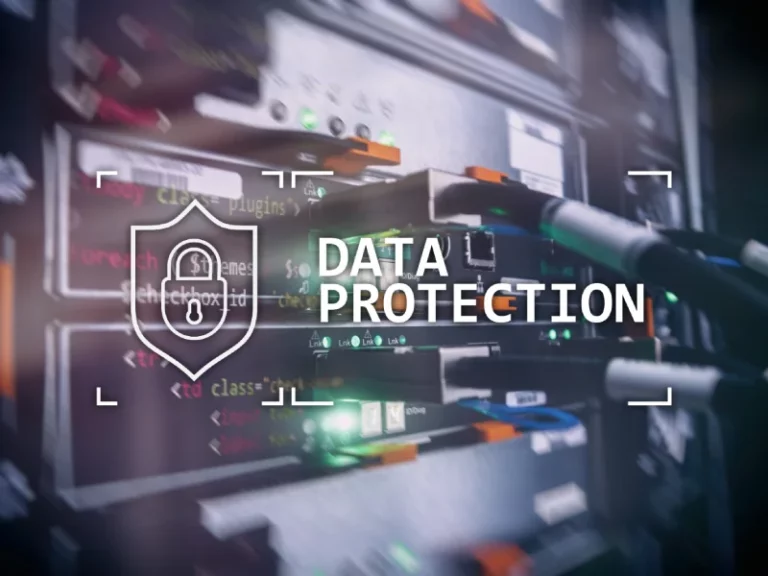When people think of Data Loss Protection (DLP), they often focus on preventing leaks and unauthorized access. As organizations handle vast amounts of sensitive data, a well-implemented DLP strategy ensures that critical information remains intact, secure, and accessible, even in the face of cyber threats, insider risks, or accidental loss. Instead of simply preventing breaches, modern DLP solutions empower businesses to protect, recover, and adapt, ensuring that data remains a driving force, not a liability.
Why Data Loss Protection Matters for Business Resilience
DLP is not only a cybersecurity measure but also a business enabler. By safeguarding critical data assets, organizations can ensure uninterrupted operations, protect brand reputation, and meet regulatory requirements. Here’s why a proactive DLP strategy is essential:
- Ensuring Business Continuity – Loss of critical business data can halt operations. DLP strategies ensure that data is backed up, accessible, and recoverable.
- Mitigating Insider Threats – Not all data loss is caused by external attackers. Employees may mishandle sensitive data or pose intentional threats. A strong DLP system monitors and controls data movement.
- Compliance and Regulatory Protection – Many industries must comply with strict data privacy regulations such as GDPR, HIPAA, and PCI DSS. DLP solutions help organizations stay compliant and avoid costly penalties.
- Enhancing Data Visibility – It is crucial to understand where sensitive data is stored, how it is accessed, and where it moves. DLP provides real-time insights that help businesses make informed security decisions.
How to Build a Resilient DLP Strategy
A successful DLP strategy is more than just blocking unauthorized access; it must integrate into a broader cybersecurity framework that aligns with business goals.
- Identify and Classify Sensitive Data
Before implementing protective measures, organizations need to identify ‘what data is critical’ and classify it based on sensitivity, which includes personal information, financial records, and intellectual property.
- Implement Adaptive DLP Policies
DLP policies should be flexible and context-aware to distinguish between normal and suspicious data transfers. Using AI-driven analytics, businesses can prevent false positives while ensuring security.
- Secure Data Across All Endpoints
From cloud storage to email systems and endpoint devices, DLP must cover all access points where data could be exposed. Encryption, access controls, and behavioral monitoring help reduce risks.
- Monitor and Respond to Data Loss Events
Real-time monitoring enables organizations to detect anomalies before they lead to data loss. Automated responses, such as alerts or blocking risky actions, can minimize potential damage.
- Educate Employees on Data Security
Employees are often the weakest link in cybersecurity. Security awareness training ensures staff understands the importance of handling data responsibly and recognizing phishing attempts.
The Future of Data Loss Protection
DLP is evolving from a reactive defense mechanism to a proactive resilience strategy. With advancements in AI-driven threat detection, zero-trust security models, and automated response systems, organizations can predict, prevent, and recover from data loss incidents more effectively than ever.
As a trusted cybersecurity distributor, Terrabyte offers advanced DLP solutions to protect businesses from data loss risks. Contact Terrabyte today to explore the best security strategies for your organization!




